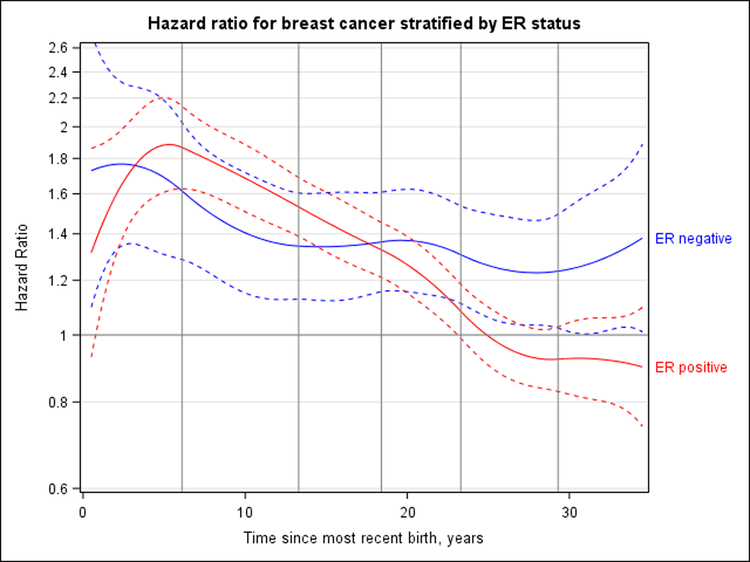Figure 5. HR for ER-positive and ER-negative breast cancer according to years since most recent birth, adjusted for attained age, study, and parity (continuous).
Nulliparous women are the reference group. Dashed curves correspond to 95% CIs. Vertical lines represent the quadratic spline knots at 6.1, 13.3, 18.4, 23.3, and 29.3 y after birth. Tests for interaction with ER status were statistically significant (P < 0.001). ER-negative breast cancer risk peaked 2.2 y after birth (HR, 1.77 [95% CI, 1.34 to 2.33]), and the HR decreased to 1.38 (CI, 1.01 to 1.88) at 34.5 y after birth but did not cross over to a protective association. ER-positive breast cancer had a peak HR of 1.88 (CI, 1.62 to 2.20) at 5.3 y, crossing the null value at 25.0 y and reaching an HR of 0.90 (CI, 0.74 to 1.09) at 34.5 y. ER = estrogen receptor; HR = hazard ratio.

